Using this menorah couldn't be easier. A single button on the front side just below the shamash candle serves as both the power switch and candle lighter:
- The first press of the button powers on the circuit and lights the shamash candle only.
- Tradition states that you now say the blessings before lighting the next candles. This menorah helpfully reminds you to say these blessings by introducing a short delay between the lighting of the shamash and when the circuit permits the next candle to be lit.
- The next button press lights the candle for the first night, which is either the rightmost or leftmost candle, depending on your perspective. Each subsequent press lights another candle in the correct lighting order: from left to right (again, perspective).
- All the candles can be extinguished by pressing and holding the button for a few seconds.
The Circuit:
Please note this circuit was cobbled together by an experimenting amateur. It could almost certainly be improved upon, but it works. And miraculously, it lasts for all eight nights on a single CR2032 battery!
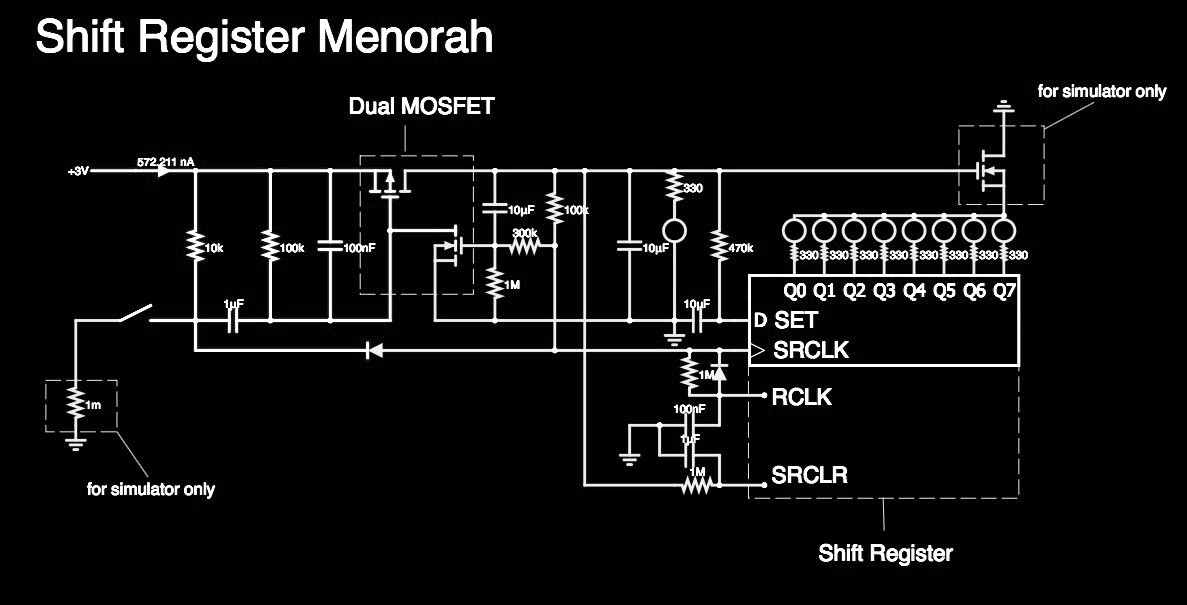
You can experiment with it in the falstad simulator here!
There's also more details about the:
and
the actual board and schematic files
and
Also there's now an assembly video for the kit version:
 Steph
Steph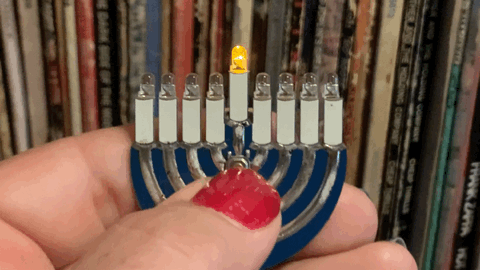
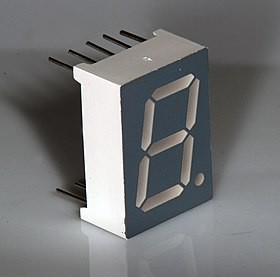
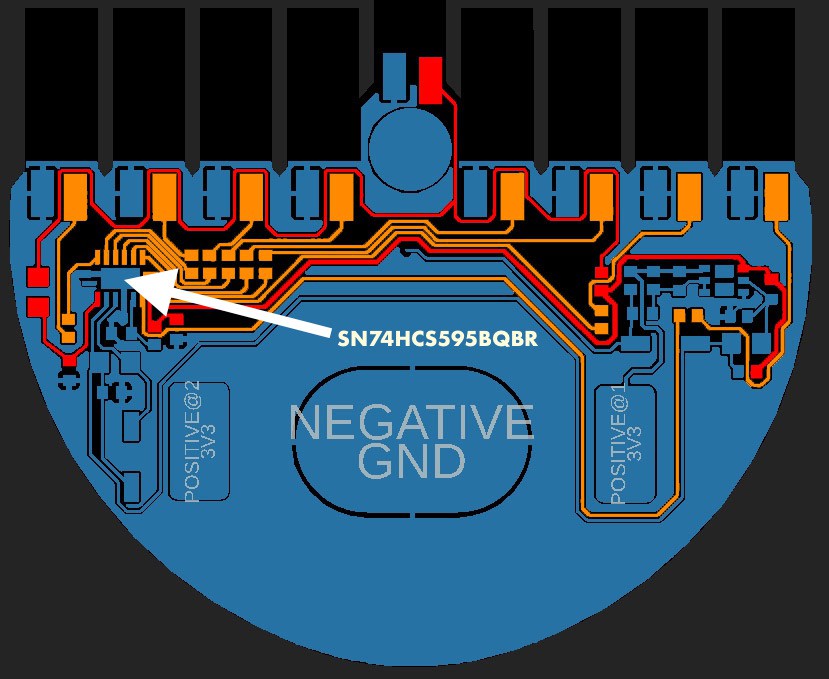



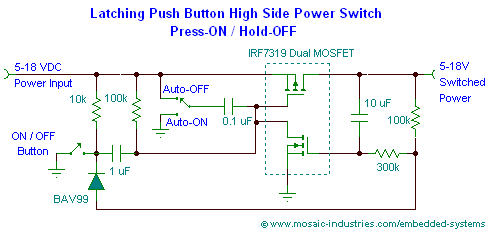

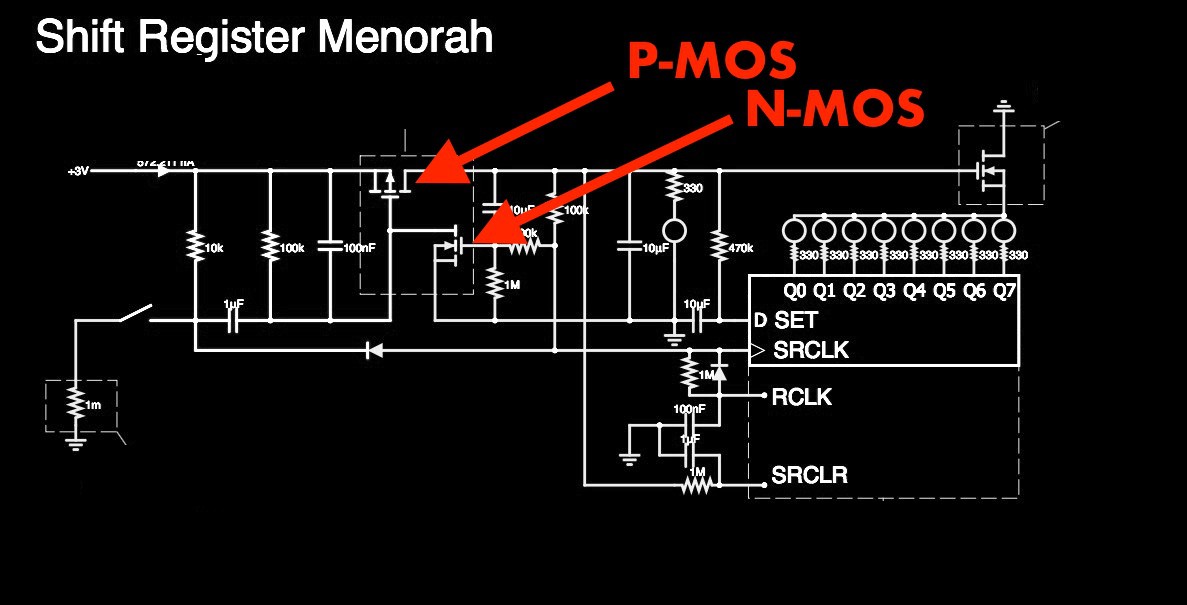



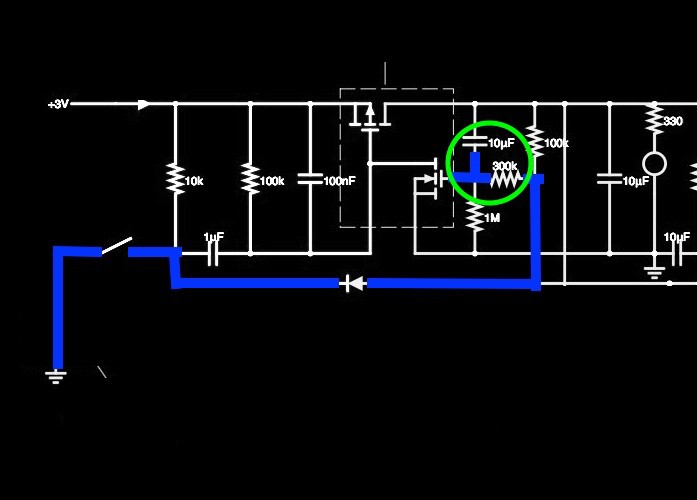

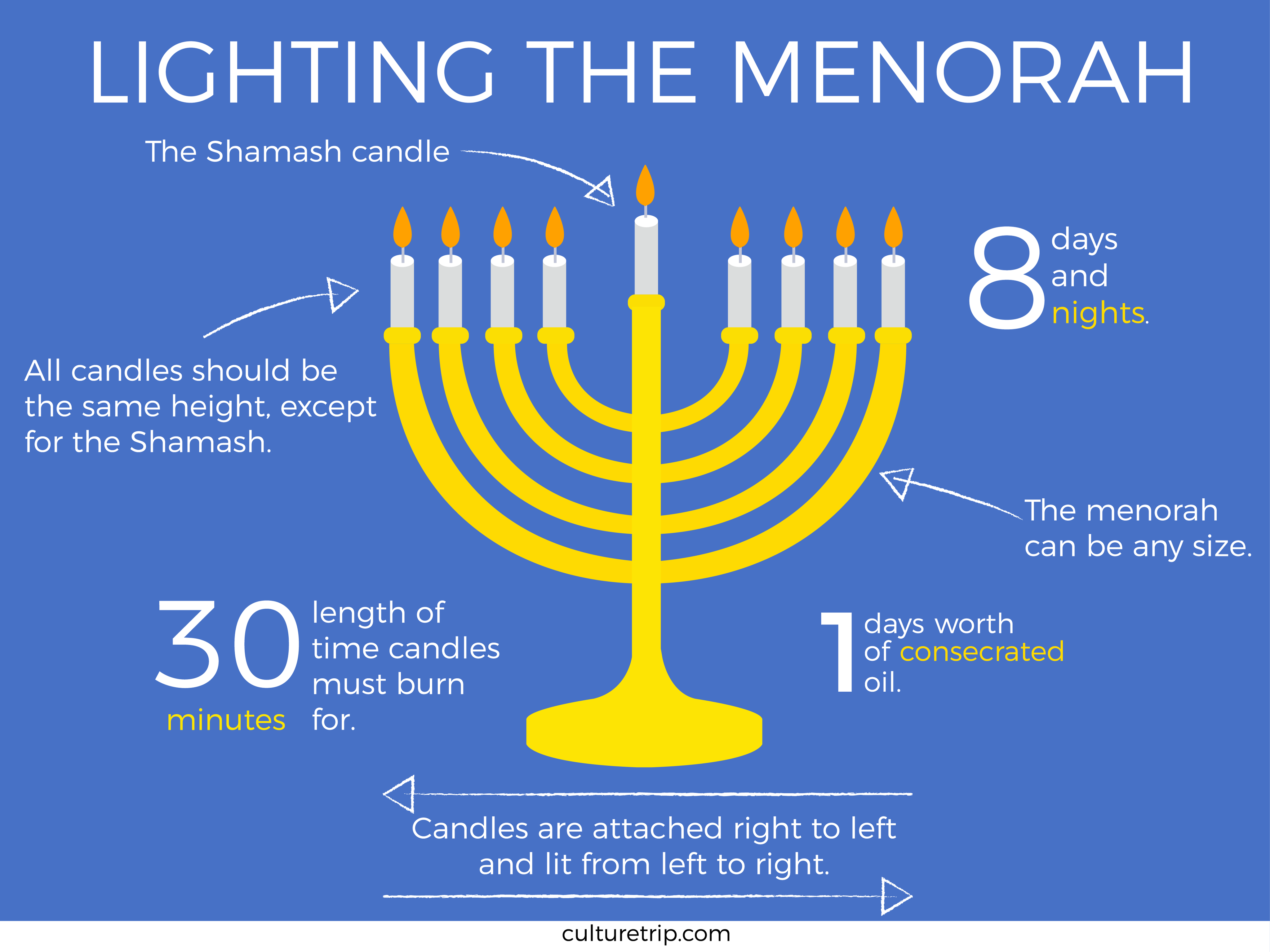
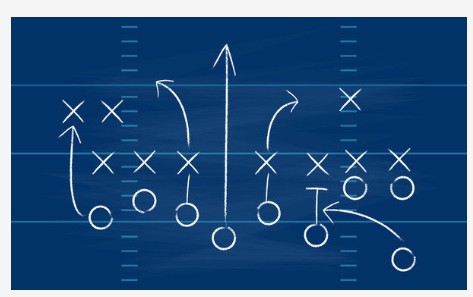
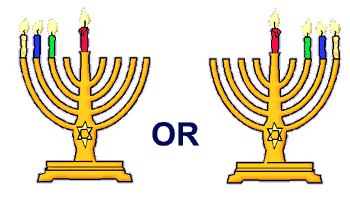

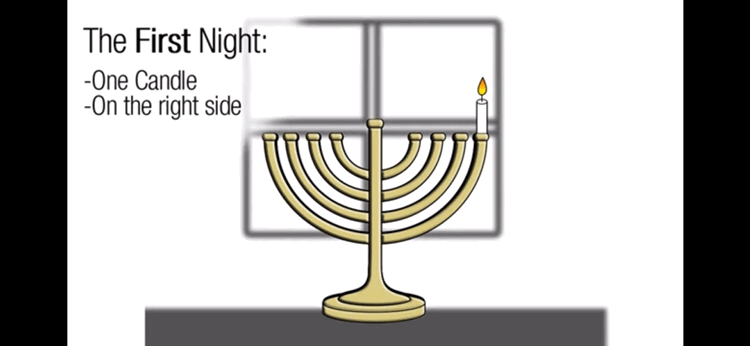

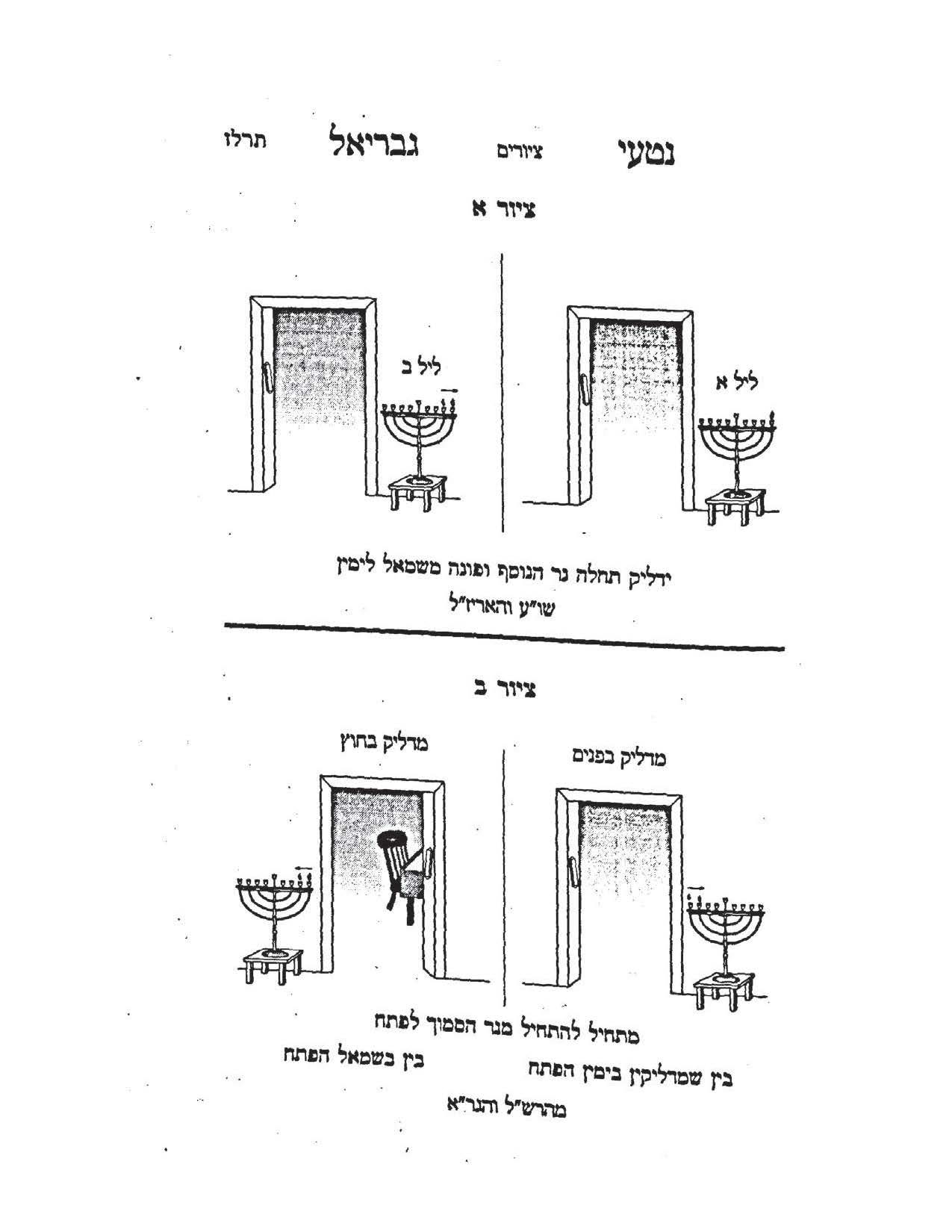


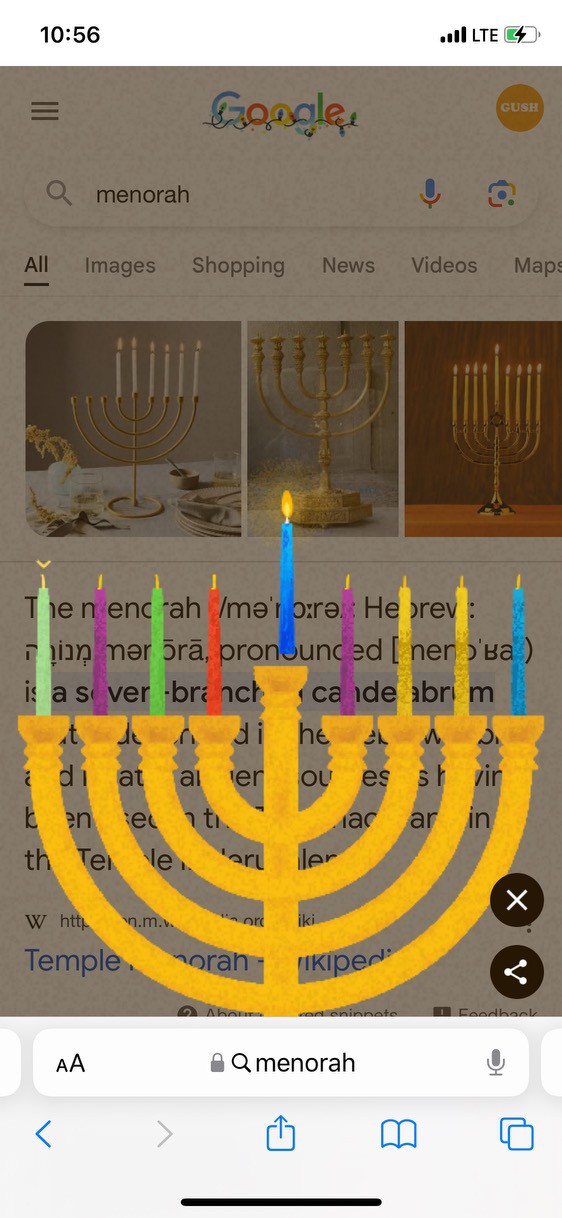








 Szabolcs Lőrincz
Szabolcs Lőrincz
 Charles Ahrens
Charles Ahrens
 Mars
Mars
 bryan.lowder
bryan.lowder
FIFA Mobile Mod APK is one of the best games that provides players unlimited money, coins, gems, and many more with unlimited fun and without any cost.(https://fifamobileapkmod.com/)